When people hear about climbing Mount Kilimanjaro, they often compare it to Mount Everest. The truth is that Everest is the highest mountain in the world and is extremely dangerous. It requires ropes, ladders, oxygen tanks, and many weeks on the mountain. Only professional climbers usually attempt Everest. Kilimanjaro, on the other hand, is called a “walk-up mountain.” This means you do not need ropes or technical climbing skills. You simply hike all the way to the top.
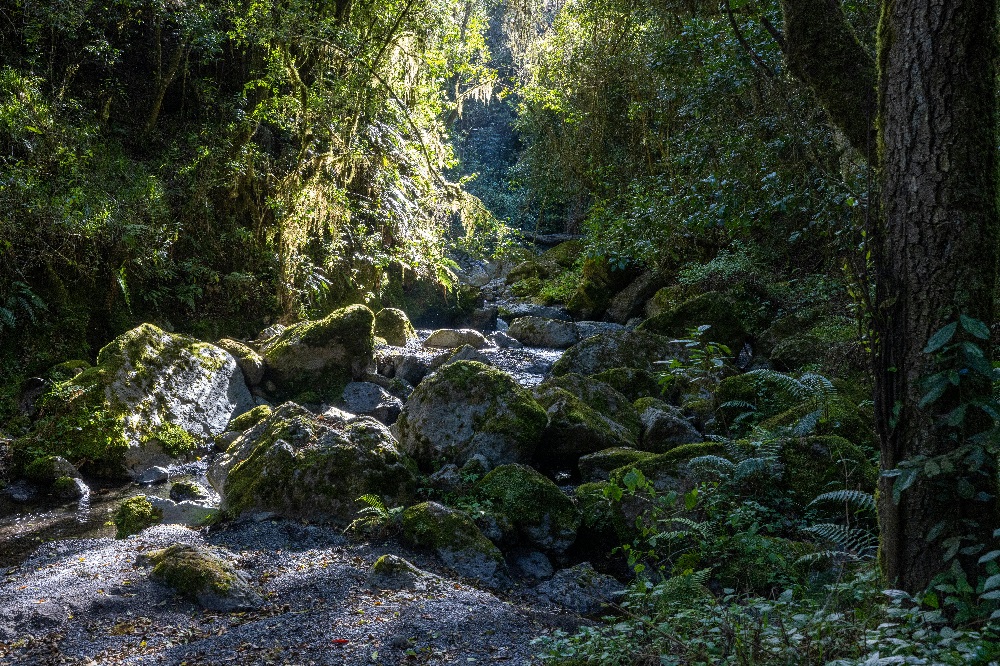
But while Kilimanjaro is easier than Everest, it is not just a simple walk in the park. The altitude makes it difficult, and the summit night is a real test of determination. Anyone who climbs Kilimanjaro must be ready for cold weather, long days of walking, and less oxygen at higher points. With Ravina Tours, our guides make it safe and possible for regular travelers, not just professional climbers. That is what makes Kilimanjaro so special: it is the tallest mountain you can climb without being an expert.
How Expensive Is It to Climb Mount Kilimanjaro?
Climbing Kilimanjaro is an investment in adventure. The costs usually range between $2,000 and $5,000 depending on the route, number of days, and level of comfort. The price includes park fees, guide services, porters, meals, camping equipment, and logistics. A large part of the fee goes directly to the Kilimanjaro National Park to protect the mountain and its wildlife.
Some travelers try to look for cheaper options, but very low prices can be risky. Budget climbs often cut corners by paying porters unfairly, skipping safety checks, or offering poor food and equipment. At Ravina Tours, we make sure every climber gets full value for their money. Your comfort, safety, and success come first, and you can climb with peace of mind knowing that everything from airport pickup to summit support is included.
Do You Need Oxygen to Climb Kilimanjaro?
Most climbers do not need oxygen to reach the summit of Kilimanjaro. The mountain is high at 5,895 meters, but with the right pace and enough days to acclimatize, your body adjusts naturally. The most important rule is to go “pole pole,” which means “slowly, slowly” in Swahili. Walking too fast is the biggest mistake people make.
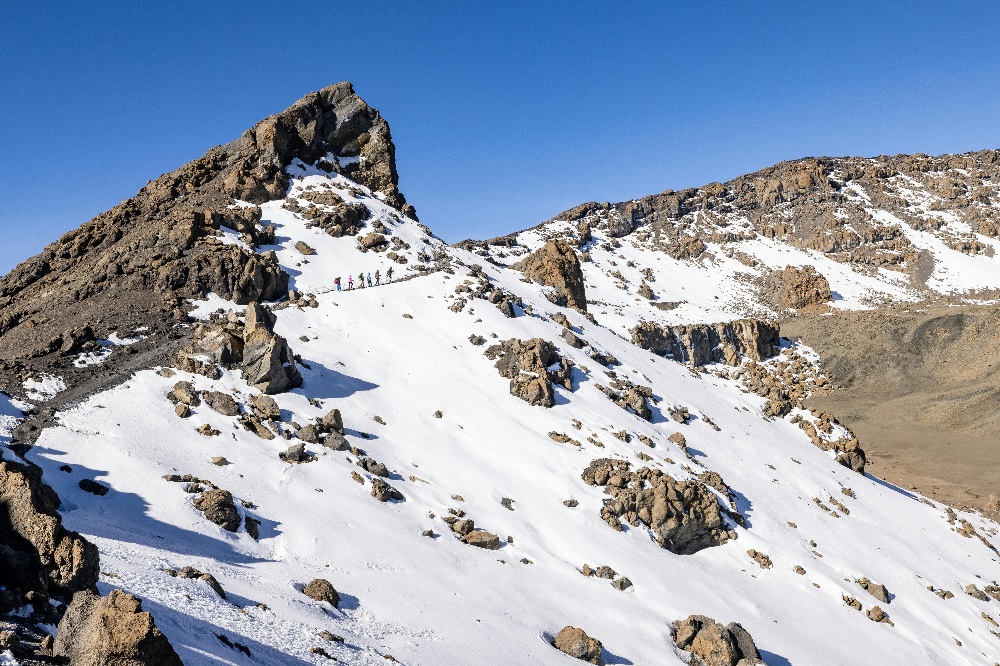
Even though oxygen is rarely required, Ravina Tours always carries emergency oxygen for safety. Our guides are trained in mountain first aid and monitor your health daily. This gives you confidence that even if you feel the effects of altitude, you are always in safe hands. We plan the climb so that your body adapts step by step, making oxygen unnecessary for most adventurers.
What Do People Wish They Knew Before Climbing Kilimanjaro?
Many climbers finish the trip saying, “I wish I had known this before!” One of the biggest surprises is how cold it gets at the top. People expect Africa to be hot, but at the summit, it feels like the Arctic. Warm clothing is very important. Others say they wish they had trained more for uphill walking, because even though the climb is not technical, the days are long and require stamina.
Another common wish is that they had prepared better for summit night. Starting the climb at midnight in the freezing cold is very tough. The dark, the wind, and the thin air make every step challenging. But once the sun rises and the peak comes into view, the feeling is magical. Ravina Tours makes sure you are well-prepared before the climb with training guides, packing lists, and detailed briefings. That way, nothing catches you by surprise.
What Is the Average Age to Climb Kilimanjaro?
Kilimanjaro is one of the few great mountains in the world that welcomes climbers of almost any age. Many climbers are in their 20s and 30s, chasing adventure and new experiences. But there are also plenty of climbers in their 50s, 60s, and even 70s who reach Uhuru Peak successfully. The record for the oldest climber is over 80 years old, proving that age is not a barrier.
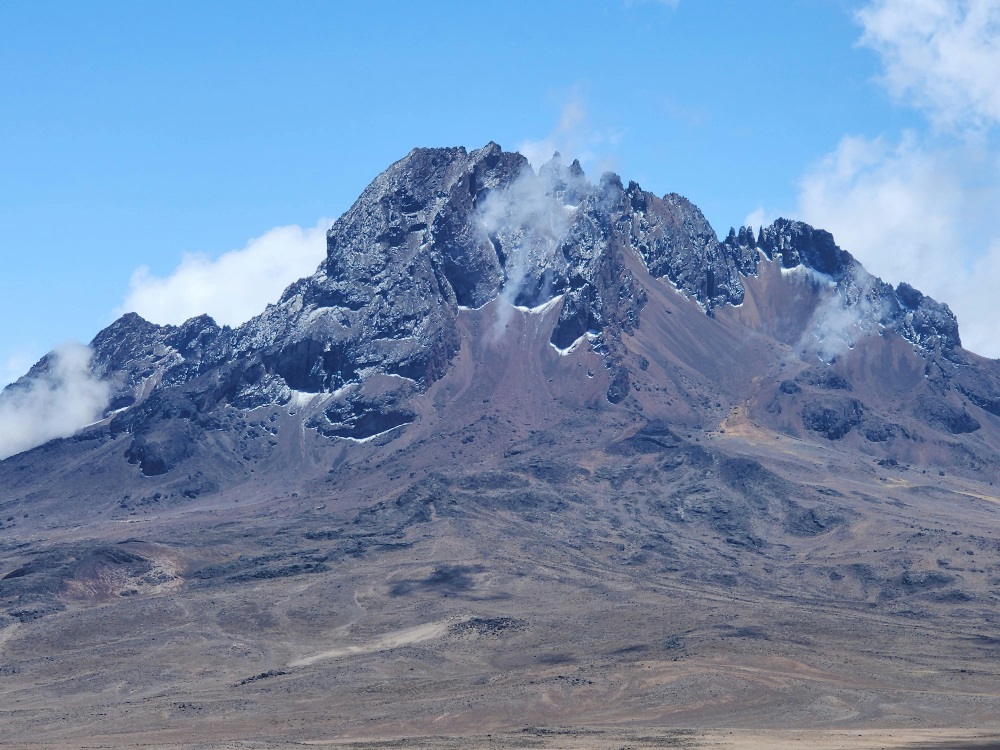
As long as you are healthy and prepare a little before your trip, Kilimanjaro is within your reach. At Ravina Tours, we regularly guide families, solo travelers, and even older adventurers. With our strong support team of guides and porters, climbers of all ages can enjoy the journey.
How Cold Does It Get on Kilimanjaro?
The weather on Kilimanjaro changes as you climb through different zones. At the base, in the rainforest, it feels warm and tropical. As you climb higher, the air gets cooler, and near the summit it feels like winter. At night, temperatures at the top can drop to minus 20°C. This extreme cold is why proper gear is necessary.
Ravina Tours helps you pack correctly for all conditions. You will experience everything from warm sunshine to icy winds. With the right jackets, gloves, and sleeping bag, you will be comfortable all the way to Uhuru Peak. The mix of climates makes the climb feel like walking from the equator to the North Pole in just a few days.
What Is the Hardest Part of Climbing Kilimanjaro?
The hardest part is summit night. You begin the final climb at midnight, moving slowly in the freezing darkness. The air is thin, every step feels heavy, and the climb can take 6 to 8 hours before you even reach the crater rim. Many climbers describe it as the most difficult physical challenge they have ever faced.
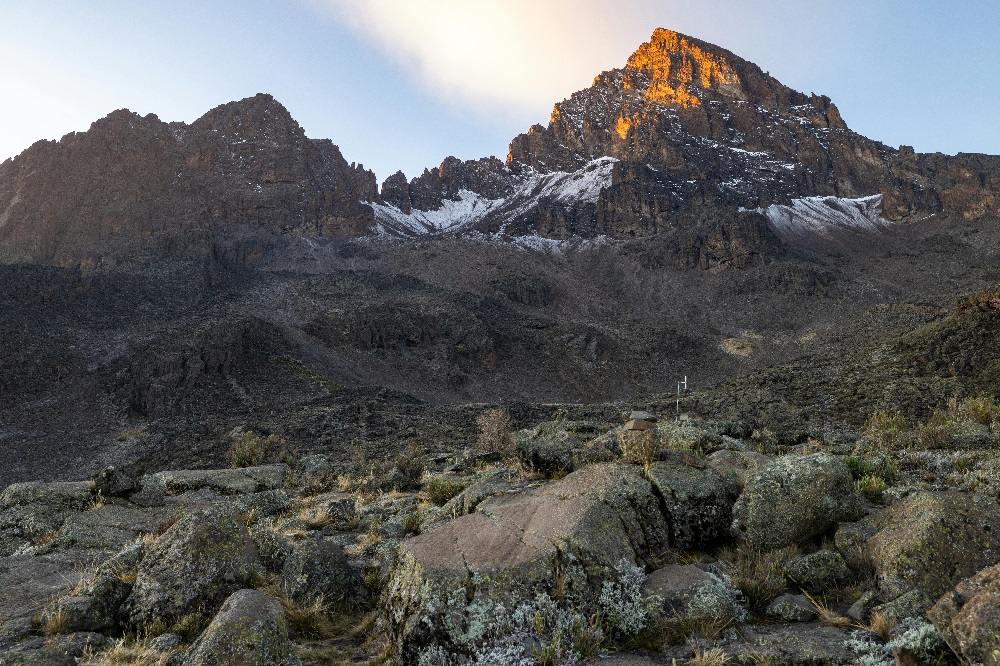
But it is also the most rewarding. When the sun rises and the peak appears, all the struggle disappears. Standing at Uhuru Peak, the Roof of Africa, is an unforgettable moment. Ravina Tours guides encourage you with every step, reminding you that you are stronger than you think. With the right support, even the toughest part becomes possible.
Can You Climb Mount Kilimanjaro in One Day?
No, it is impossible to climb Kilimanjaro in just one day. The mountain is almost 6,000 meters high, and your body needs time to adjust to the altitude. If you tried to run to the top in a single day, you would almost certainly get altitude sickness. That is why all climbs take between 5 and 9 days.
Ravina Tours offers routes of different lengths, but we always recommend longer climbs because they give your body more time to adapt. This makes your journey safer and increases your chance of reaching the summit. Rushing is never the answer on Kilimanjaro.
What Is the Fatality Rate of Kilimanjaro?
Deaths on Kilimanjaro are very rare. Out of the thousands of climbers each year, less than 0.1 percent face fatal problems. The main risks come from altitude sickness, accidents, or medical conditions. But with the right pace and professional support, almost everyone makes it safely back down.
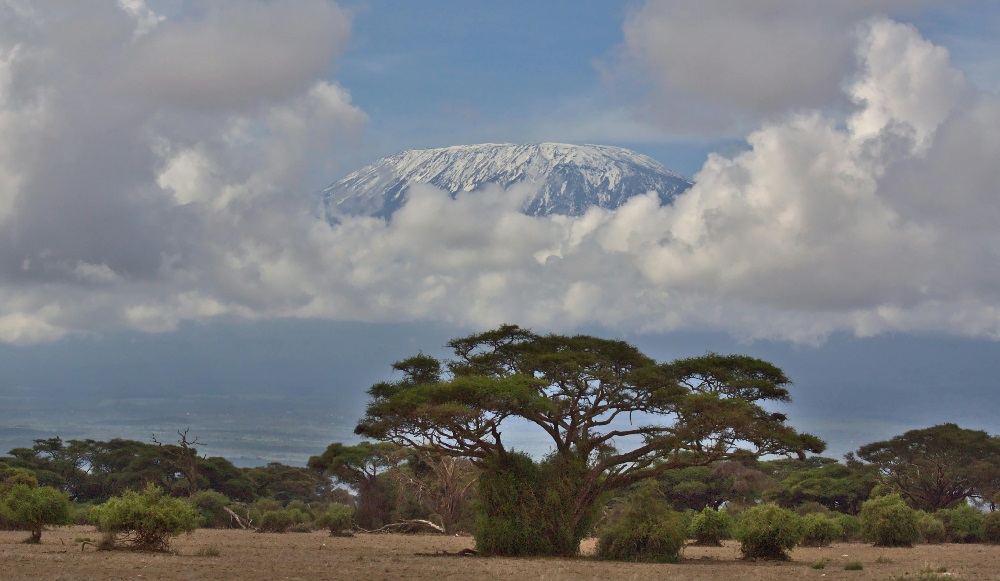
At Ravina Tours, safety is our number one priority. Our guides check your health daily, carry oxygen, and make sure you are climbing at the correct pace. This is why traveling with an experienced company is so important. With us, you climb with confidence and peace of mind.
What Time of Year to Climb Kilimanjaro?
The best times to climb are during the dry seasons: January to March and June to October. During these months, the skies are clearer, the trails are drier, and the chance of reaching the summit is higher. The rainy seasons can make the paths slippery and reduce visibility.
Ravina Tours helps you choose the perfect time depending on your goals. If you want fewer crowds, we suggest January or February. If you want the clearest skies for photography, August and September are ideal. Whatever your choice, our team makes sure you get the best experience possible.
How Long Does It Take to Train for Kilimanjaro?
Most climbers train for three to six months before the trip. You do not need to be an athlete, but regular exercise makes the climb easier and more enjoyable. Walking long distances, climbing stairs, and hiking with a backpack are great ways to prepare.

Ravina Tours gives every client a training guide. This ensures that by the time you arrive in Tanzania, you are ready for the challenge. The fitter you are, the more you will enjoy each day on the mountain. With the right preparation, the summit will feel like a reward rather than a struggle.
Do You Need a Sherpa for Kilimanjaro?
On Kilimanjaro, you do not need Sherpas, because they are mountain workers from the Himalayas. Instead, you will have a team of Tanzanian guides and porters. They do everything to make your climb comfortable, from carrying your bags to setting up camp and preparing hot meals.
Climbing with Ravina Tours means you are supported by one of the best local teams on the mountain. Our guides know every trail, every weather change, and every challenge. With them, you are never alone. They give you the strength, knowledge, and encouragement to reach the Roof of Africa.




